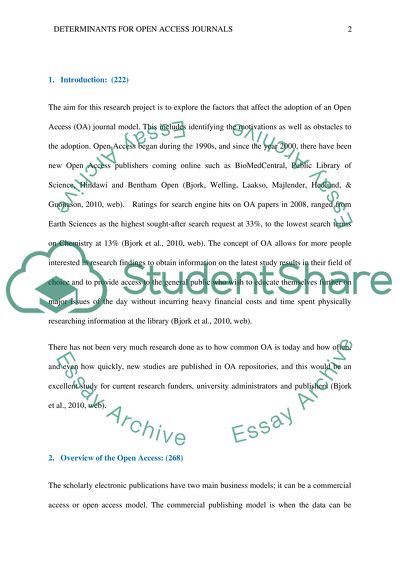Cite this document
(“Determinants of the adoption for open access journals model Research Paper”, n.d.)
Retrieved from https://studentshare.org/literature/1478079-determinants-of-the-adoption-for-open-access
Retrieved from https://studentshare.org/literature/1478079-determinants-of-the-adoption-for-open-access
(Determinants of the Adoption for Open Access Journals Model Research Paper)
https://studentshare.org/literature/1478079-determinants-of-the-adoption-for-open-access.
https://studentshare.org/literature/1478079-determinants-of-the-adoption-for-open-access.
“Determinants of the Adoption for Open Access Journals Model Research Paper”, n.d. https://studentshare.org/literature/1478079-determinants-of-the-adoption-for-open-access.


